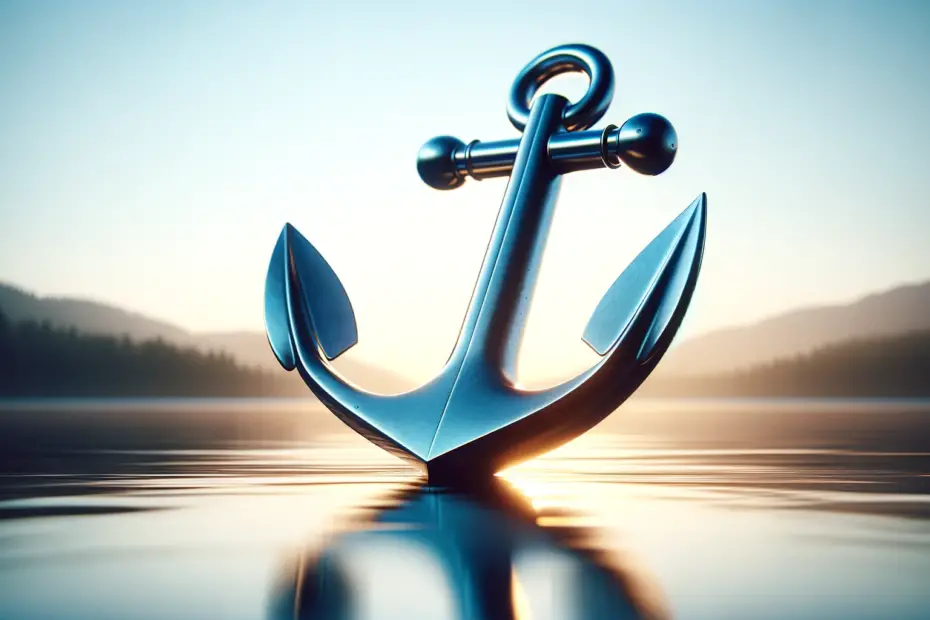Essential Tips for Anchoring and Securing Inflatable Docks
- Choose the right anchor type based on the water bed.
- Use a weighted anchor system for stability.
- Connect the anchor with heavy-duty marine ropes.
- Secure multiple anchors for larger docks.
- Adjust anchor line length according to water depth.
- Regularly inspect anchor lines for wear and tear.
- Utilize shock-absorbing materials to reduce strain.
- Anchor at multiple points for balanced support.
- Consider local tidal and wind conditions.
- Regularly check and adjust the anchoring system.
- Ensure easy access for adjustments and removal.
1. Choose the Right Anchor Type Based on the Water Bed
Selecting the appropriate type of anchor is crucial for the stability of inflatable docks. Different water beds, like sandy, rocky, or muddy bottoms, require specific anchor types for effective grip. Grapnel anchors work well in rocky beds, while fluke anchors are better suited for sandy or muddy bottoms. Matching the anchor type with the water bed ensures the dock remains securely in place.
2. Use a Weighted Anchor System for Stability
Implementing a weighted anchor system can significantly enhance the stability of your inflatable dock. This system typically involves a heavy weight that firmly holds the anchor in place, preventing the dock from drifting due to currents or wind. The weight of the anchor should be proportionate to the size of the dock for optimal effectiveness.
3. Connect the Anchor with Heavy-Duty Marine Ropes
Using heavy-duty marine ropes to connect the anchor to your inflatable dock is essential for ensuring durability and strength. These ropes are designed to withstand harsh marine conditions, resist abrasion, and bear significant weight and tension. The right rope material, such as nylon or polyester, can also provide elasticity, which helps absorb shock and maintain the dock’s position.
4. Secure Multiple Anchors for Larger Docks
For larger inflatable docks, employing multiple anchors is key to maintaining stability and balance. Using several anchors, spaced evenly around the dock, can distribute the load and reduce the risk of the dock tipping or shifting. This is particularly important in areas with strong currents or winds.
5. Adjust Anchor Line Length According to Water Depth
The length of the anchor line plays a critical role in the stability of the dock. It should be adjusted based on the depth of the water, with a general rule of thumb being a ratio of 7:1 (line length to water depth). This allows enough scope for the anchor to lay properly and maintain a firm hold, even in changing tide conditions.
6. Regularly Inspect Anchor Lines for Wear and Tear
Frequent inspection of anchor lines for signs of wear and tear is vital to ensure the safety and stability of your inflatable dock. Check for fraying, cuts, or abrasions, and replace lines that show significant signs of damage. Regular maintenance can prevent unexpected failures and extend the lifespan of your anchoring system.
7. Utilize Shock-Absorbing Materials to Reduce Strain
Incorporating shock-absorbing materials, like snubbers or dampeners, into your anchoring system can significantly reduce strain on the anchor lines and the dock. These materials absorb the impact of waves and wind, lessening the sudden jerks and tugs on the dock. This not only improves stability but also prolongs the life of your anchoring equipment.
8. Anchor at Multiple Points for Balanced Support
Anchoring your inflatable dock at multiple points ensures balanced support and prevents it from spinning or shifting position. This multi-point anchoring approach is especially useful in unpredictable weather conditions or in areas with strong currents and winds, providing a more secure and stable platform.
9. Consider Local Tidal and Wind Conditions
Understanding and considering local tidal and wind conditions is crucial for effective anchoring. Tides can significantly affect water depth and the position of the dock, while wind can impact its stability. Adjusting your anchoring strategy to accommodate these natural elements can help maintain the dock’s position and prevent accidents.
10. Regularly Check and Adjust the Anchoring System
Regular checks and adjustments of the anchoring system are necessary to ensure the ongoing stability and safety of the inflatable dock. Changes in weather, water levels, and wear and tear can affect the anchoring system’s effectiveness. Periodic adjustments, based on these factors, can help maintain a secure and reliable setup.
11. Ensure Easy Access for Adjustments and Removal
Design your anchoring system with easy access in mind for adjustments and removal. This not only makes regular maintenance more convenient but also ensures quick and safe handling during emergencies or unexpected weather changes. Easy access helps in promptly responding to any issues and in efficiently managing the anchoring system for optimal performance.


